In a nutshell, HR is the key to organizational success and employee welfare. The organization can only do good if its most valuable assets, the employees, are managed efficiently and the processes are optimized. Here, an HRMS plays a paramount role in making this vision a reality by streamlining processes, automating tasks, and bringing about a positive change in how an organization functions. With integrated solutions, the effects of a system can be increased tenfold as it provides the biggest benefit of all: a single-point functioning platform for all your HR needs.
This is where Spine HR Suite excels in providing top-notch HR solutions with extensive modules and tools that take care of everything from hiring to retiring and everything in between. Core HR functions like payroll, attendance, leaves, compliance, claims & expense, and addressing requests and queries can be taken care of in a unified, integrated HR platform. When the HR modules are tightly integrated, it makes the day-to-day HR processes error-free and organized, which compounds to a stress-free and proficient month-end or even financial year closing.

How Integrated HR Modules Work Best for Every Workplace:
- Unified Data Management: Avoid duplication and inconsistencies with a single source of truth for all employee-related data across the organization.
- Streamlined Workflows: Automated inter-module data flow ensures faster processing and fewer manual errors, from attendance syncing with payroll to leave balances adjusting in real-time.
- Improved Decision Making: Real-time analytics and dashboards from integrated systems allow HR leaders to make data-driven decisions.
- Better Compliance and Audits: Integrated HR software ensures that labor laws, tax norms, and organizational policies are adhered to across all modules, reducing compliance risks.
- Enhanced Employee Experience: Self-service portals and mobile access empower employees to view payslips, apply for leave, raise queries, and manage documents in one place.
- Scalability and Flexibility: Cloud-based HR platforms provide scalable solutions that grow with your organization and allow remote accessibility for hybrid workforces.
- Reduced Operational Costs: With integrated software, administrative overhead is minimized, saving time and resources that can be better invested elsewhere.
- Vendor Independence: A truly integrated HR system empowers organizations to manage configurations and processes internally without constant reliance on external support.
- Efficient Employee Lifecycle: A connected experience ensures that onboarding checklists, asset tracking, documentation, and exit formalities happen in sync and on time.
Hear it from our clients: Integrated solutions, streamlined success.
Thank you, Spine Team, for providing a seamless integrated solution with modules like HR, Payroll, PMS, Recruitment, On-boarding, TDS, and Employee Mobile App. Your comprehensive platform has greatly reduced manual work and paperwork, enhancing our overall efficiency. We appreciate your commitment to our growth!
-Bibhas Sen Choudhuri (DGM-IT)
Ambuja Neotia Healthcare Venture
Spine Software is highly configurable and well-integrated, ensuring a smooth and accurate salary process that saves valuable time. It generates reports according to the organisation’s parameters with a high level of accuracy.
– Silesh Parker (Sr.Executive HR)
Horizon Packs Pvt. Ltd.
In conclusion, integrated HR systems are the foundation of efficient, future-ready workplaces. Whether you’re evaluating core HR software, exploring cloud-based HR options, or comparing HRIS platforms and HRMS pricing, investing in the best integrated HR system means choosing a platform that works together seamlessly, intelligently, and effortlessly.

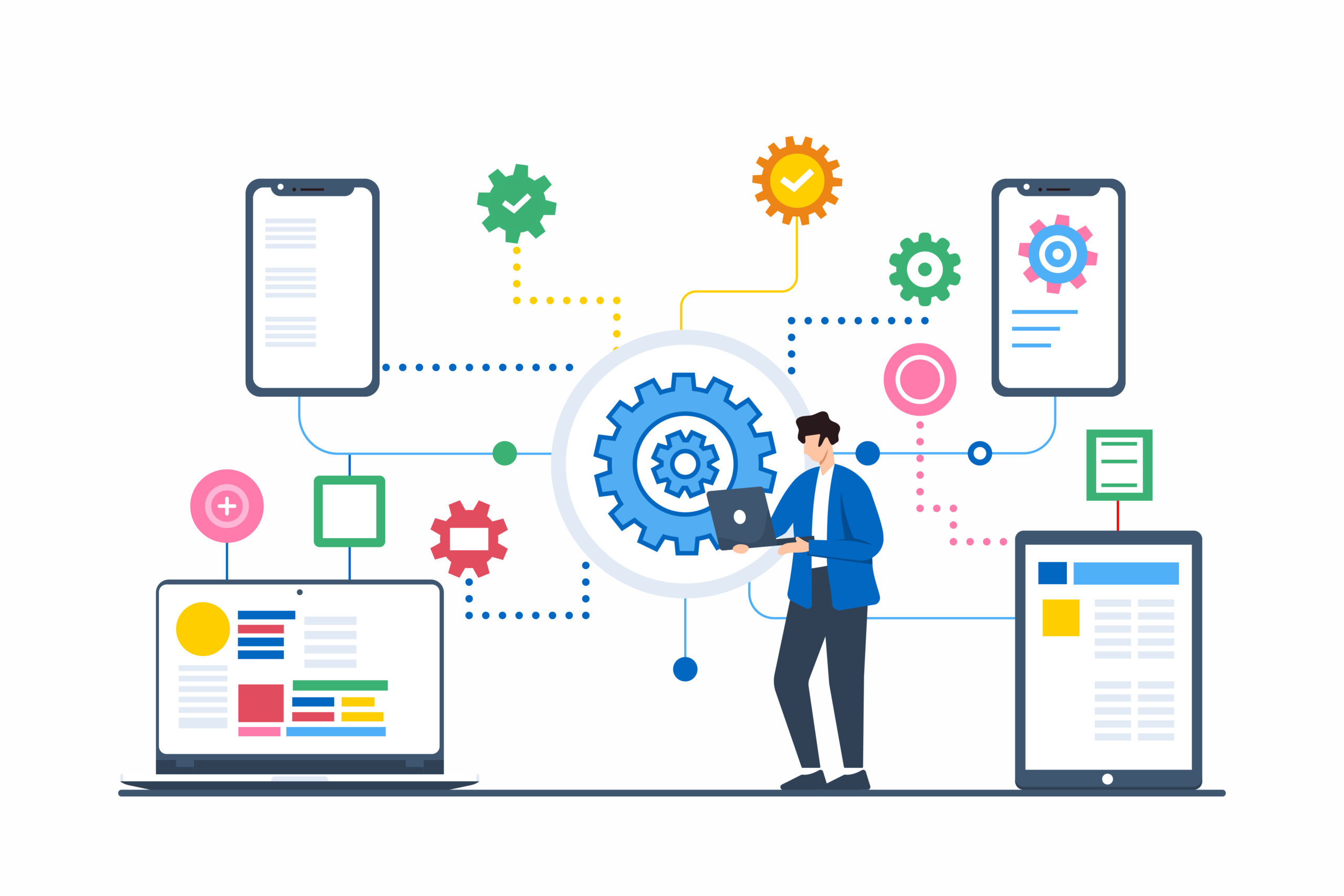





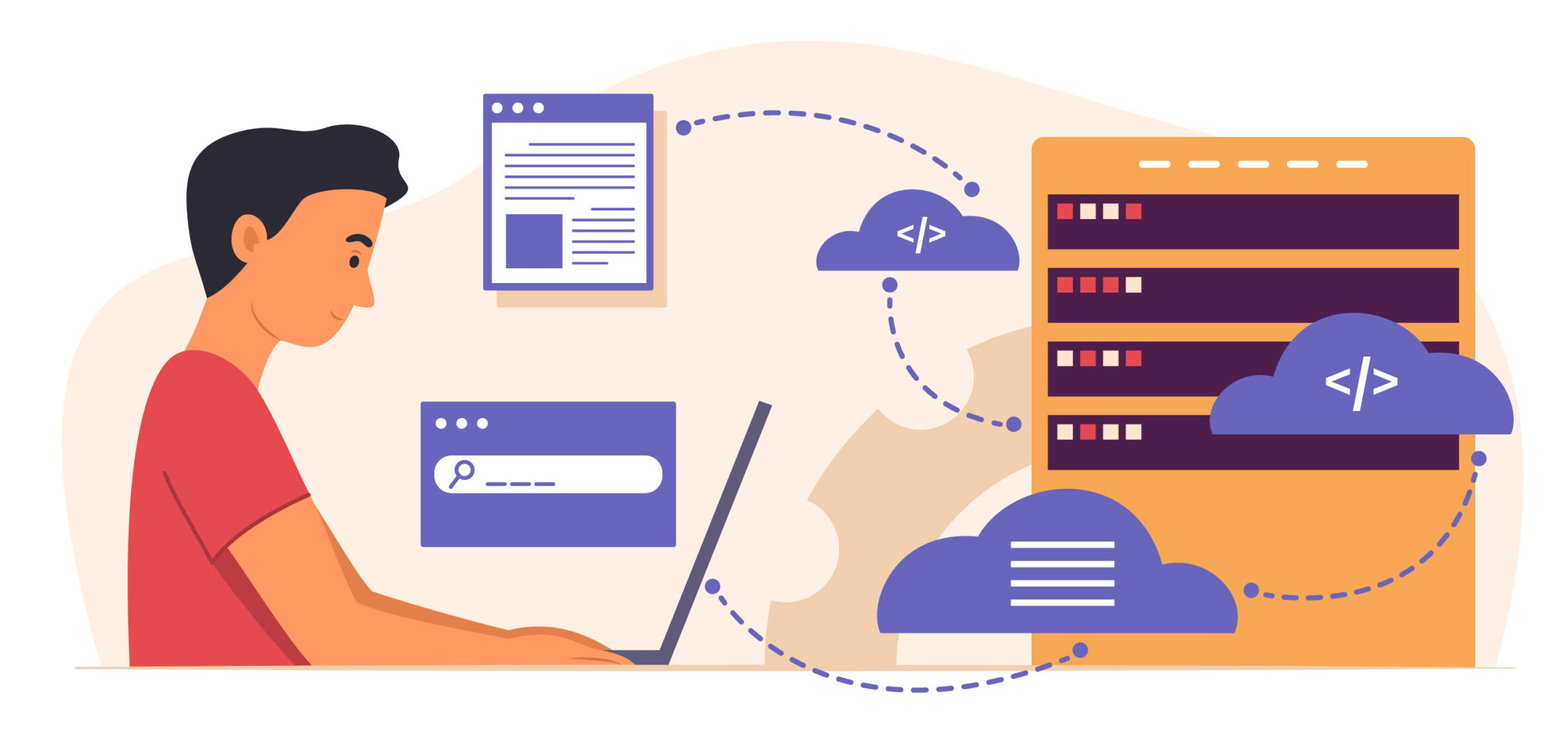




 – Understand Employee Motivation
– Understand Employee Motivation


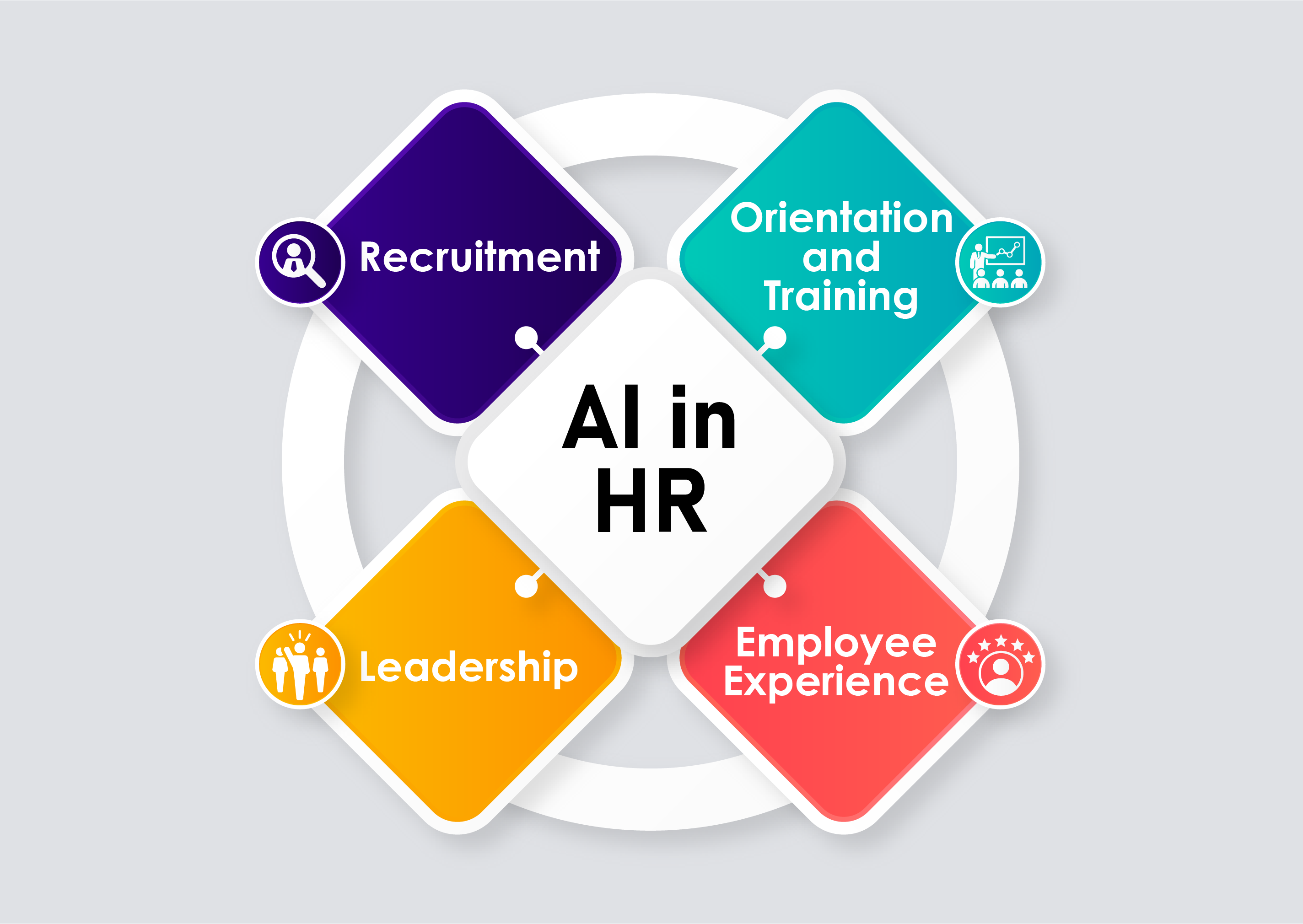

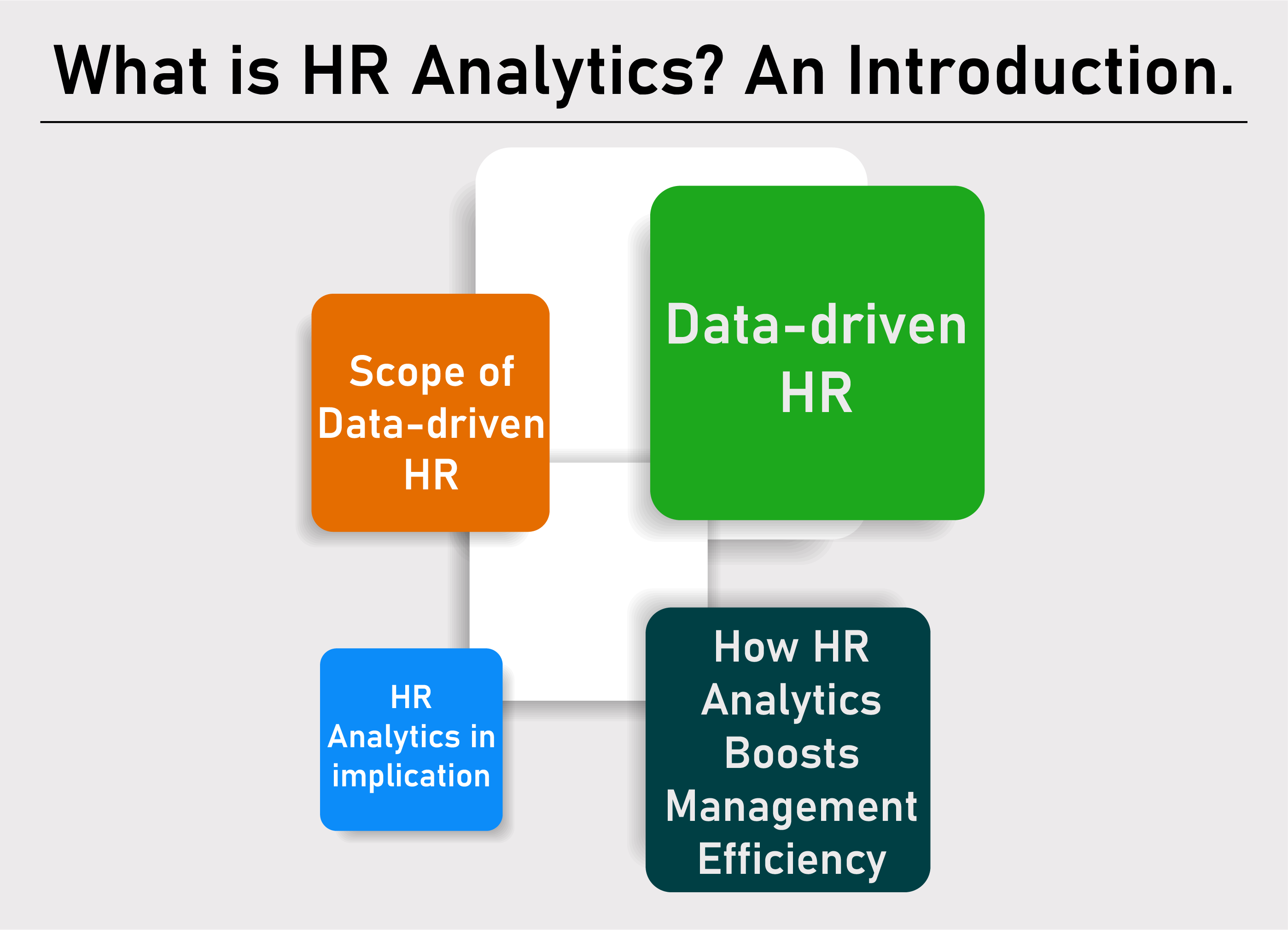

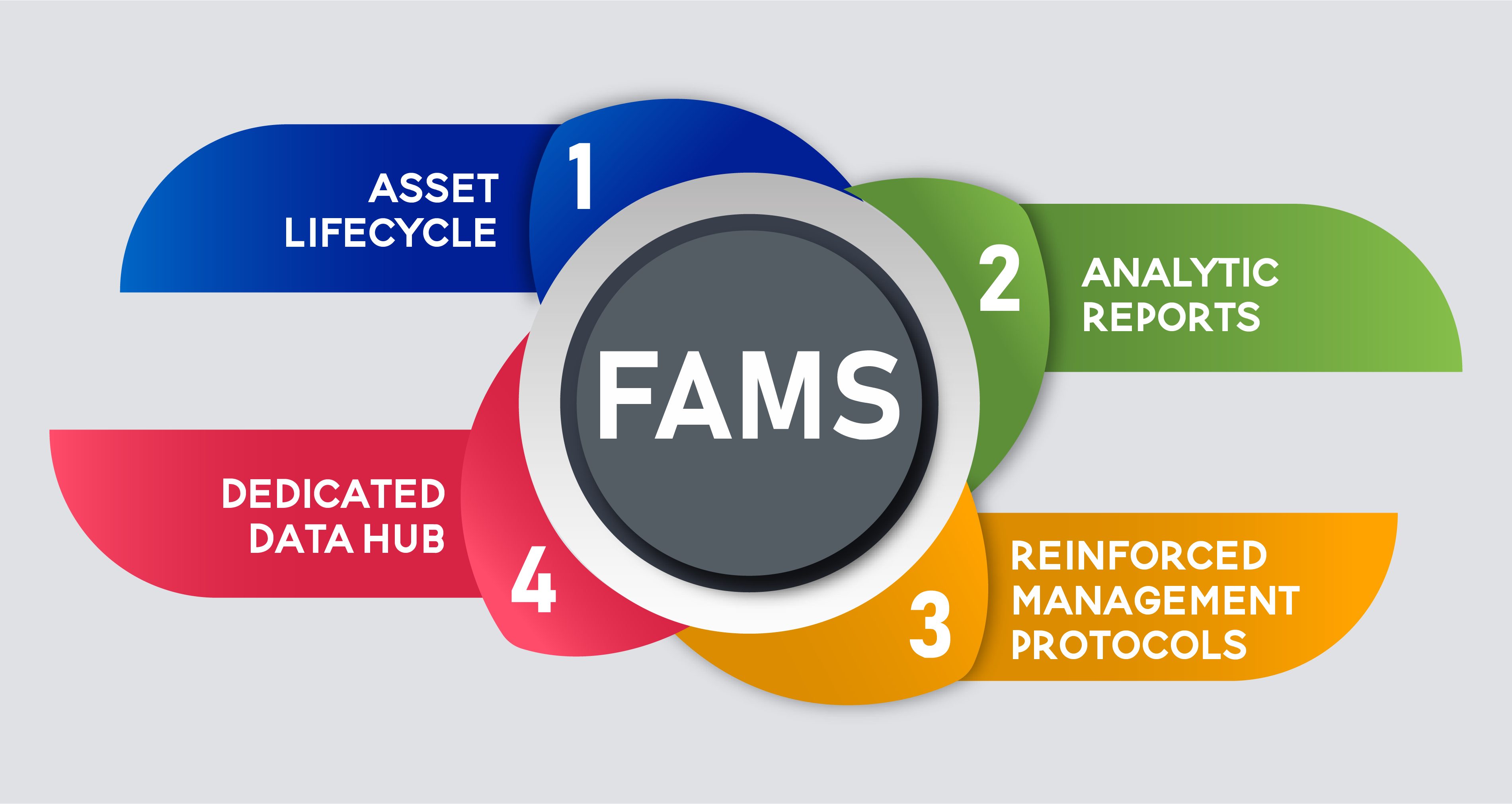

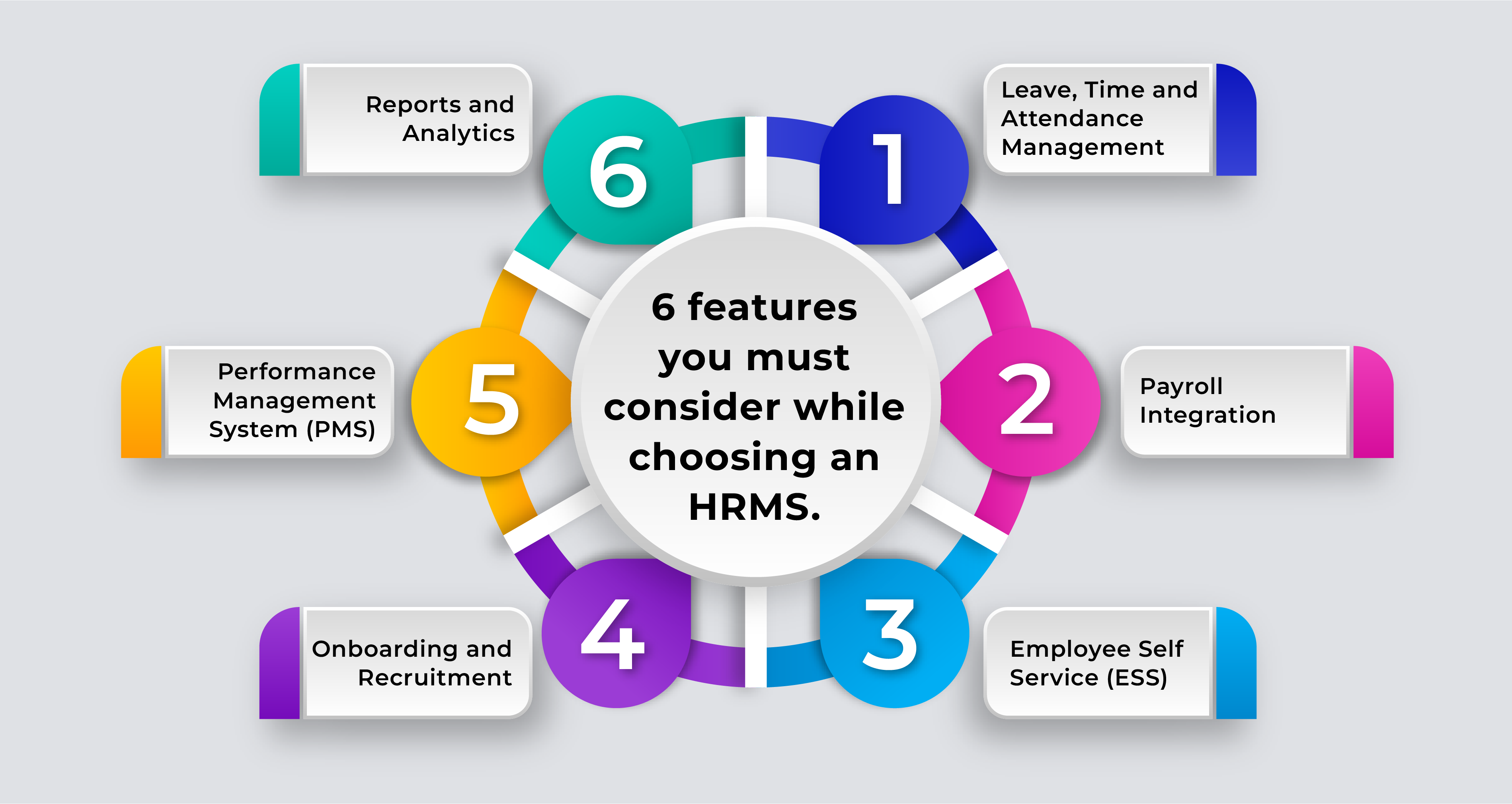 1) Leave, Time and Attendance Management
1) Leave, Time and Attendance Management